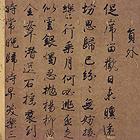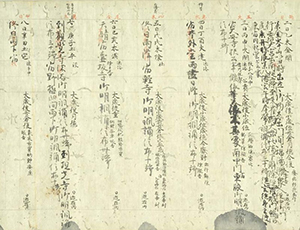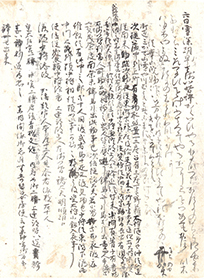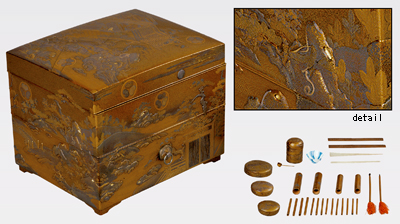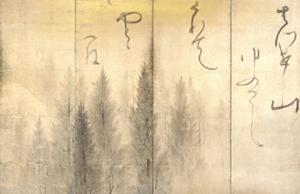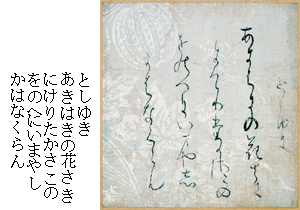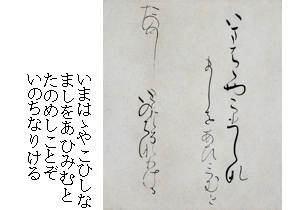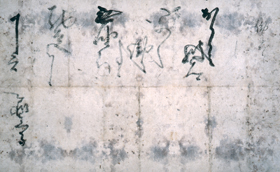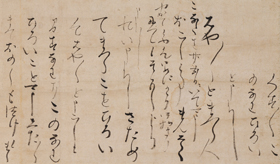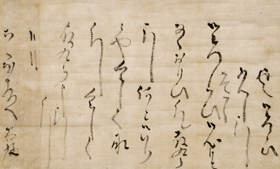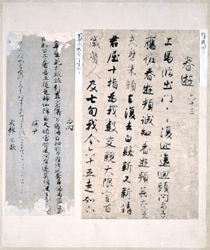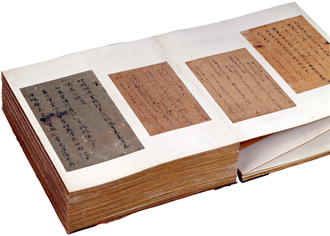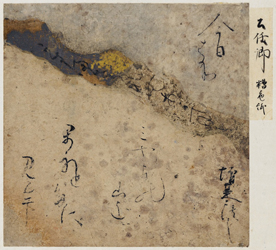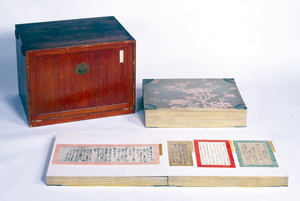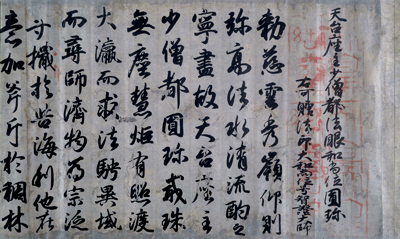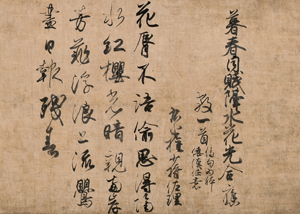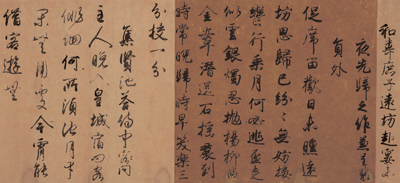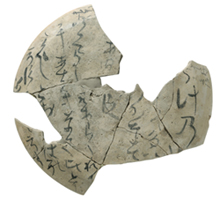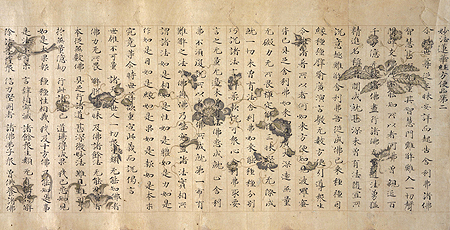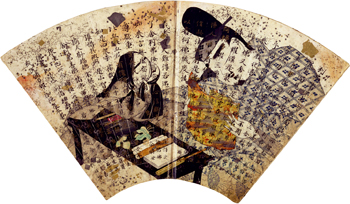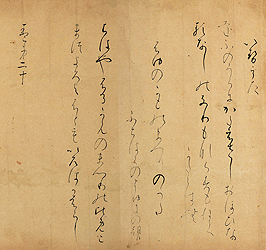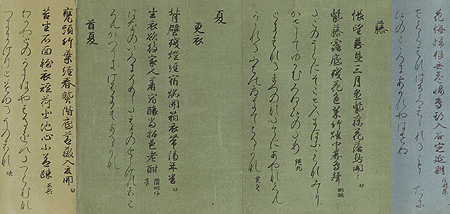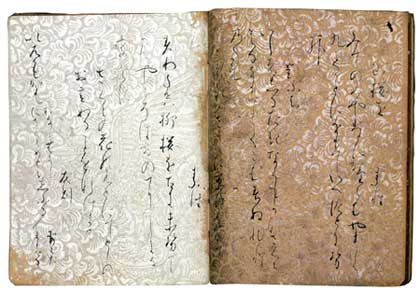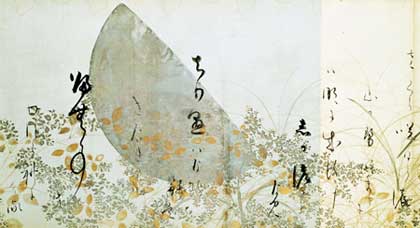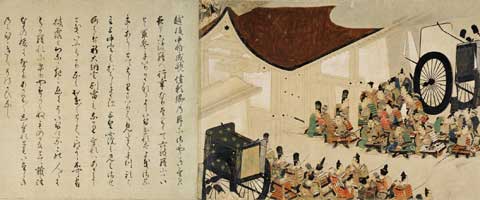Japanese Archaeology and Special Exhibition (Heiseikan) Special Exhibition Galleries
July 13, 2013 (Sat) - September 8, 2013 (Sun)
The history of Japanese calligraphy developed under the influence of Chinese calligraphy techniques. As Japanese styles of social systems and culture evolved in the mid-Heian period (around the 10th century), the renowned calligraphers Ono no Tofu, Fujiwara no Sari, and Fujiwara no Kozei appeared, who established the Japanese style of calligraphy. From then on, the tradition of Japanese-style calligraphy became central in the history of calligraphy in Japan. This exhibition introduces the allure of calligraphy by looking at its history, through an array of Japanese-style calligraphy masterpieces.
A National Treasure, Mido kanpaku ki by Fujiwara no Michinaga
First public exhibition after having been registered as “Memory of the World”
Highlight of the Exhibition

